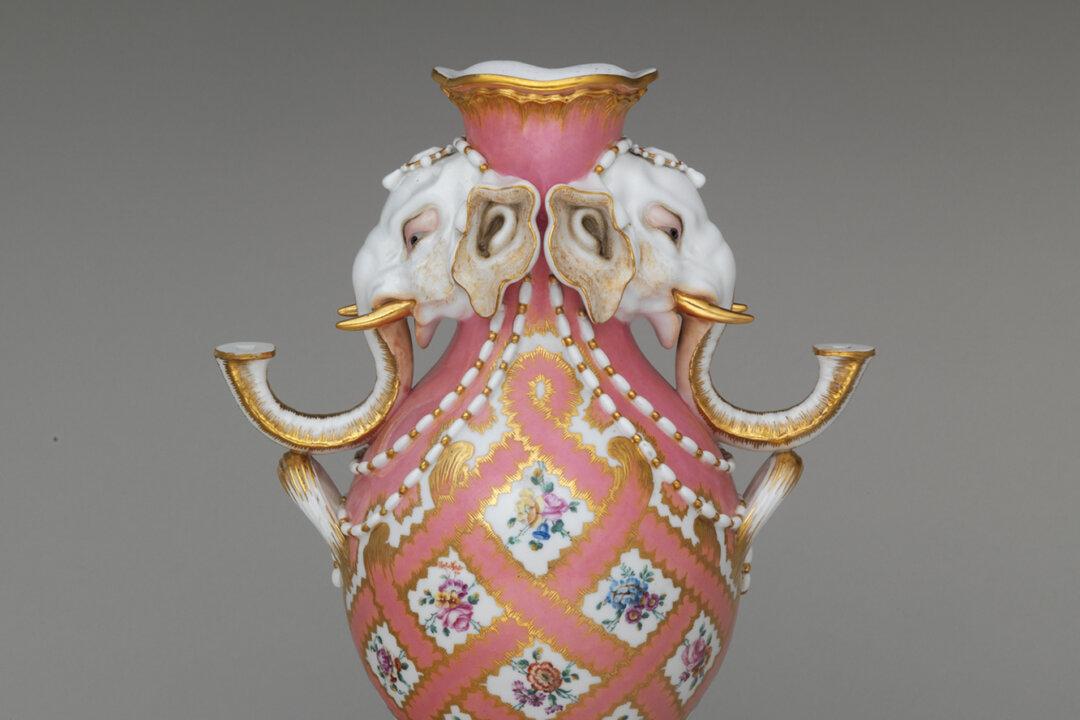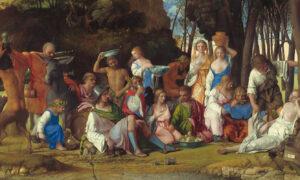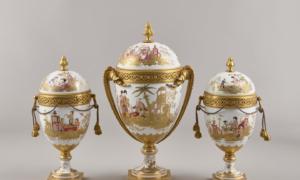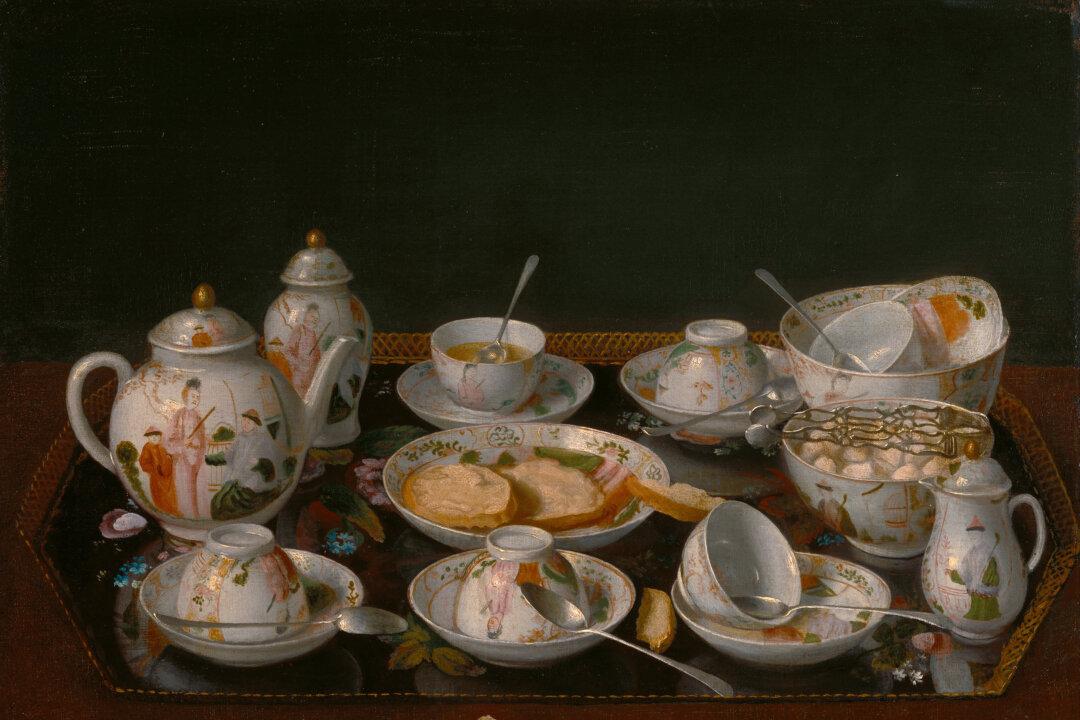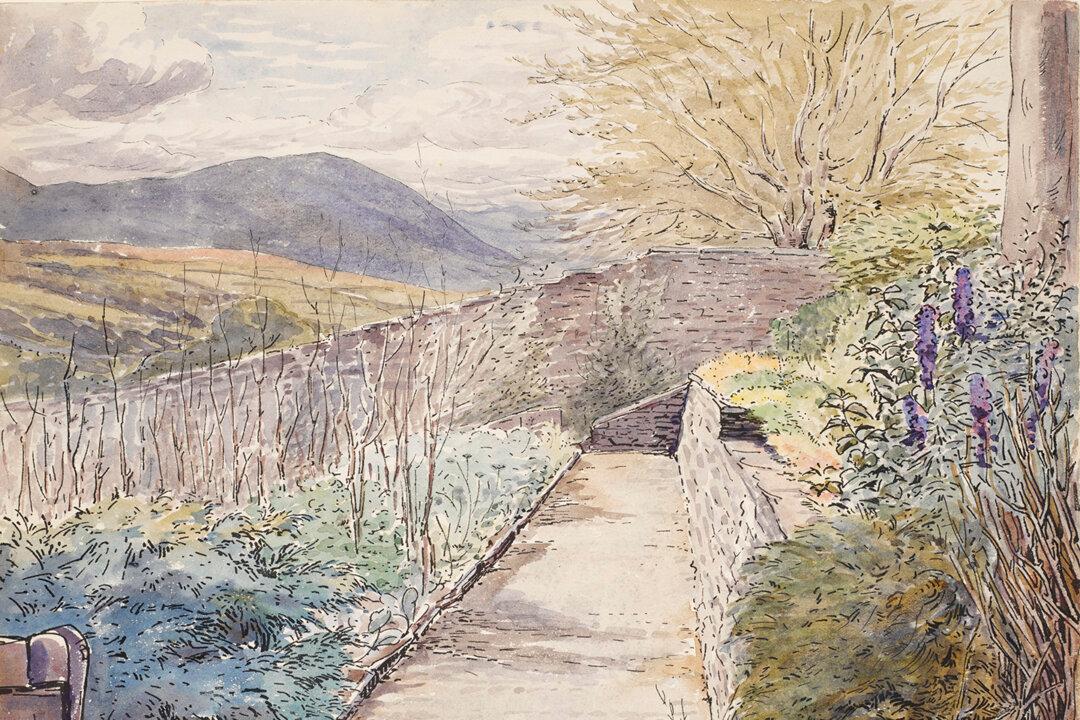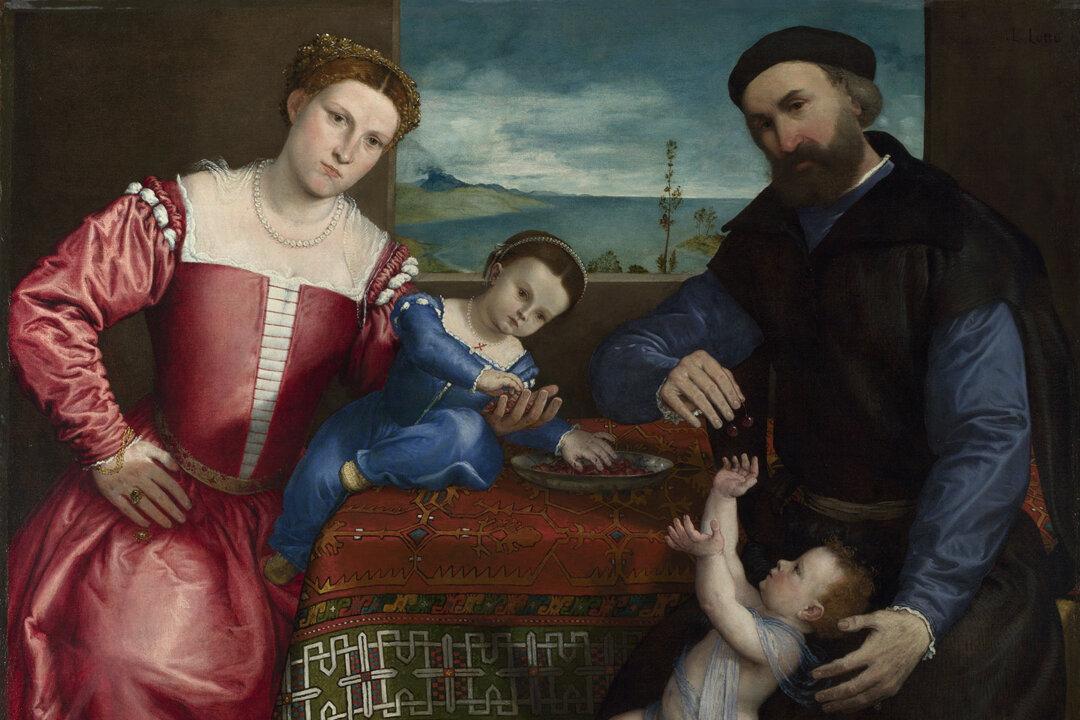The history of porcelain dates back around 2,000 years to China. Porcelain is a vitrified, translucent white ceramic usually made from the materials kaolin, a type of clay, and petuntse, a kind of mineral, fired at high temperature. Its legacy in the West is much more recent. Chinese porcelain was first imported into Europe in the 14th century.
Europeans became infatuated with the fragile, yet durable, material that they referred to as “white gold,” and their royalty assembled vast collections of it. Not content with buying exports, European rulers wanted to make their own porcelain tableware and decorative objects. No European cracked the code of producing true porcelain, known as hard-paste, until the early 18th century.
Augustus’s Porcelain Sickness
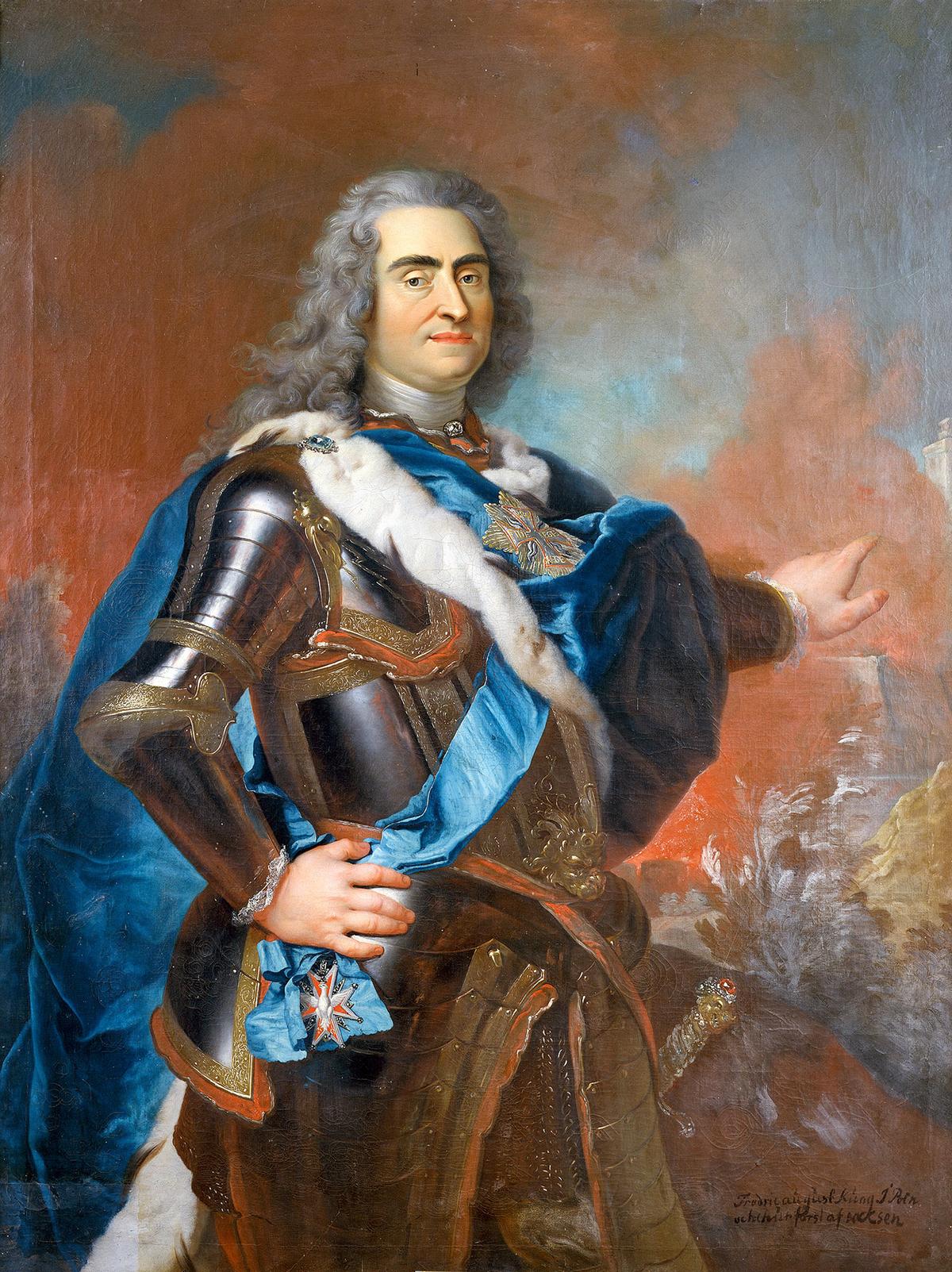
Augustus held the alchemist Johann Friedrich Böttger prisoner in Dresden, the capital of Saxony, forcing him to experiment with porcelain recipes. It was Böttger and his collaborators who succeeded in replicating true porcelain for the first time in the West. The Meissen factory was then established in 1710 under the royal patronage of Augustus.
A Meissen Masterpiece
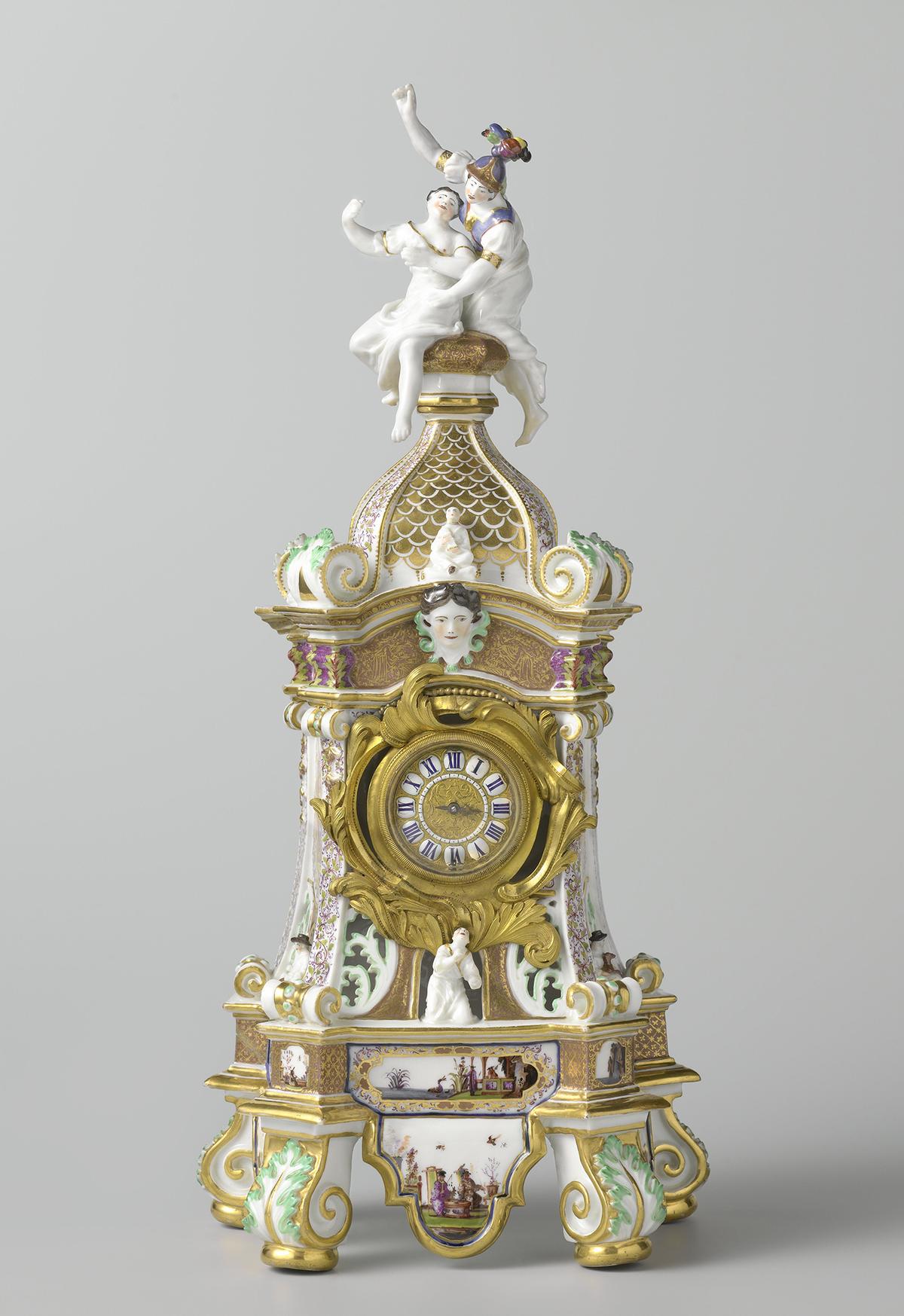
A masterpiece of Meissen’s early period is a mantel clock (pendule) with Arachne and Athena, now owned rightfully by the Rijksmuseum. This object has a complex decorative scheme and provenance. Scholars believe it may have been made for Augustus. It passed through illustrious owners in the 19th century before entering the collection of the Berlin couple Franz and Margarethe Oppenheimer.
The Oppenheimers fled the city for Vienna after Hitler’s rise to power; they later managed to escape Austria. Before their flight from persecution in Vienna, the Oppenheimers sold their storied Meissen holdings to a Dutch collector, who died shortly after. The Nazis purchased the porcelain collection. After World War II, the Allies recovered it from the salt mines, and its ownership reverted to the Dutch State, which deposited it at the Rijksmuseum.
In 2019, the Netherlands restituted the collection to the Oppenheimers’ heirs. Two years later, Sotheby’s auctioned it on their behalf, and the Rijksmuseum bought back more than half of the lots, including this mantel clock, which was the highlight of the sale. Estimated at $200,000–400,000, it sold for just under $1.6 million.
Sotheby’s catalogue describes the clock as such: “The crisply modelled architectural silhouette is enhanced further by an extraordinary trove of techniques of decoration including exuberantly painted Chinoiserie figural panels, enriched by either puce and iron-red foliate scrollwork, or underglaze-blue borders, and gilt Chinoiserie figures and scrollwork over Böttger-lustre.” The lustrous glaze is a pink-lilac color invented by Böttger. It was often used in Meissen porcelain with Chinoiserie subjects, which are East Asian motifs adapted to European taste.
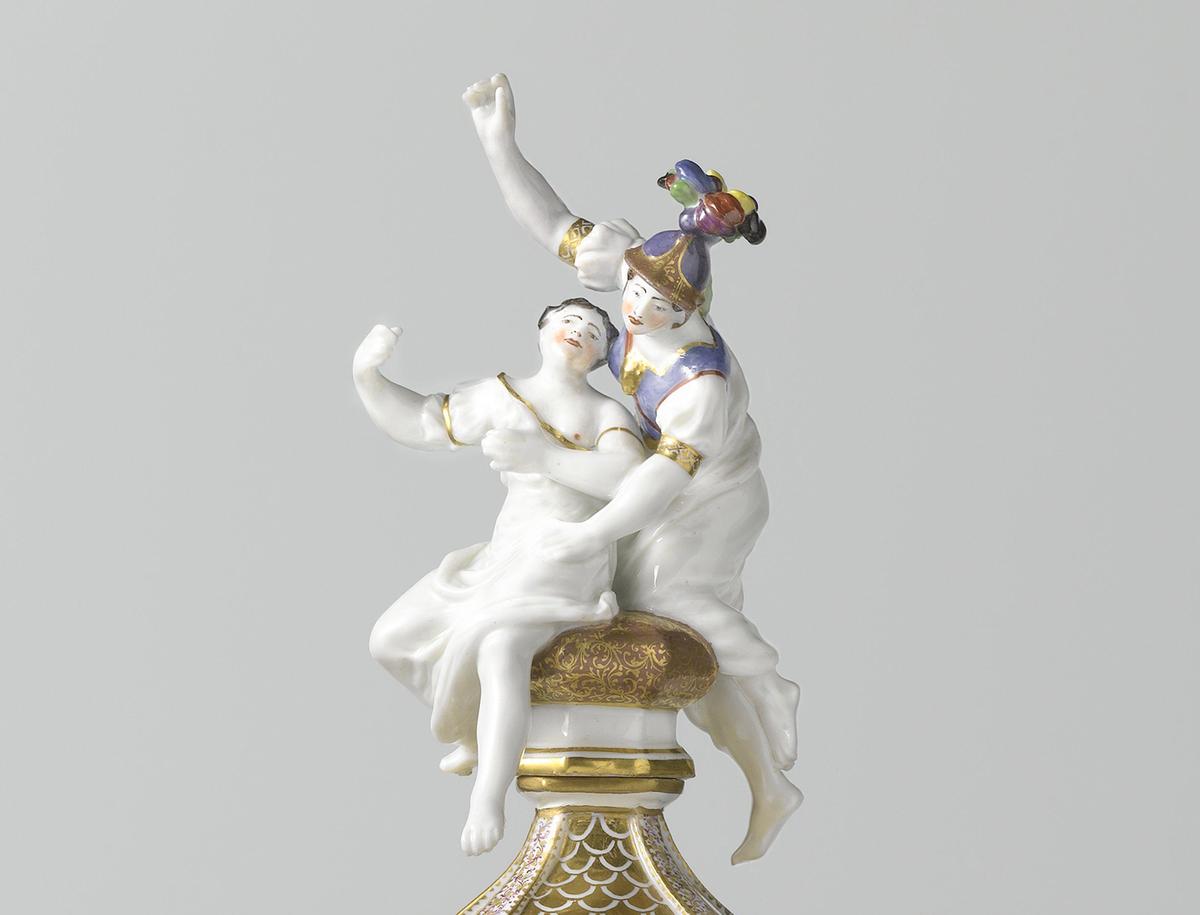
The figures on top of the clock case’s vaulted dome refers to the mythological tale of the young weaver Arachne and the Greek goddess Athena. In the story, Arachne boasts that her weaving skill is greater than Athena’s. In an ensuing contest, Arachne bests the goddess. Enraged, Athena curses her and turns her into a spider.
Porcelain Flowers of Vincennes
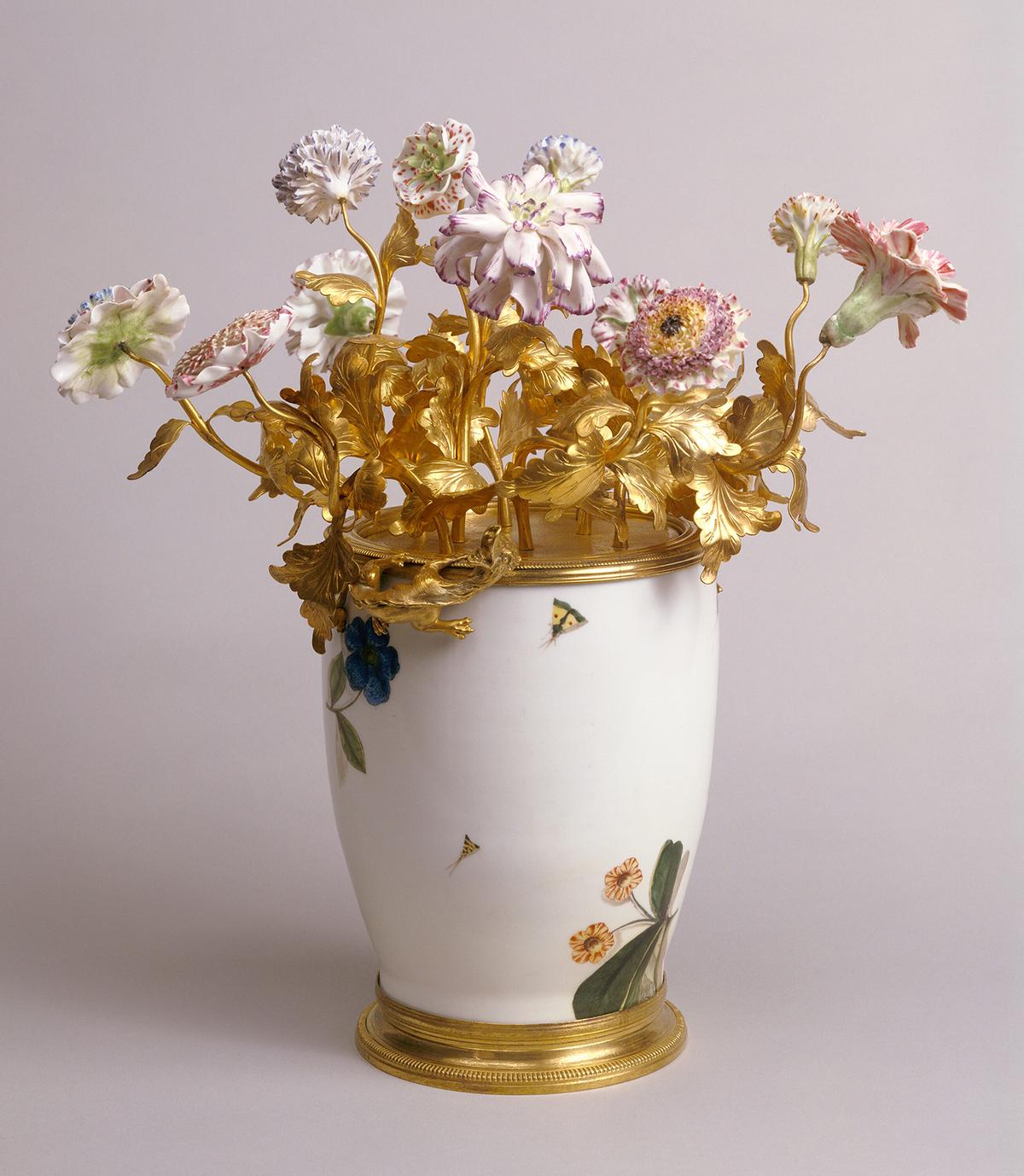
France was envious of Saxony’s success with porcelain at the Meissen factory. In 1740, the Vincennes Manufactory was founded in a royal chateau east of Paris. It was run by a former carpenter who had perfected the creation of a whiter, more brilliant soft-paste porcelain. The company’s goal was to produce porcelain to rival that of Meissen. Initially, they made frequent copies of popular Meissen pieces. Louis XV granted Vincennes a royal warrant five years after its founding.
A set of objects at the Getty Center encapsulate this period of porcelain competition. A pair of mounted vases with flowers features Meissen vases from before 1733. The porcelain containers are decorated with painted flowers and insects; shadows are included to give heightened realism. The Getty explains, “The painter carefully placed a few of the smaller bugs to cover flaws in the porcelain.”
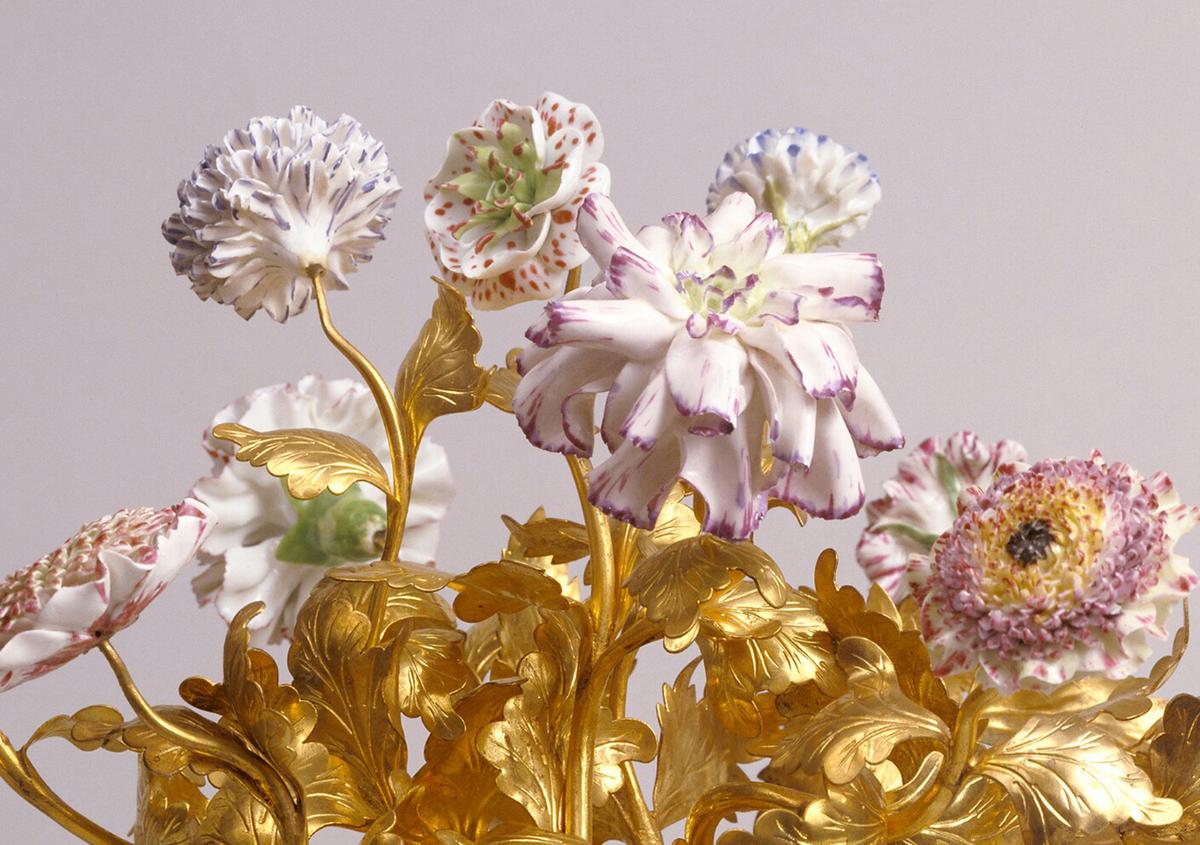
The bases of the Meissen vases have the monogram of Augustus the Strong, “AR,” painted in blue, and they were imported into France around 1745. Upon their arrival in Paris, a dealer had them set into gilt bronze mounts. Then, Vincennes porcelain flowers were attached to stems by a craftsperson and arranged as a lovely bouquet in the Meissen vase.
Vincennes Porcelain Manufactory became especially known for its naturalistic flowers, which were coveted by stylish and noble Parisians in the 1740s. Some patrons had collections of thousands of flowers modeled after different species. They were used for interior decoration and may even have been misted with perfume to better resemble a lifelike arrangement.
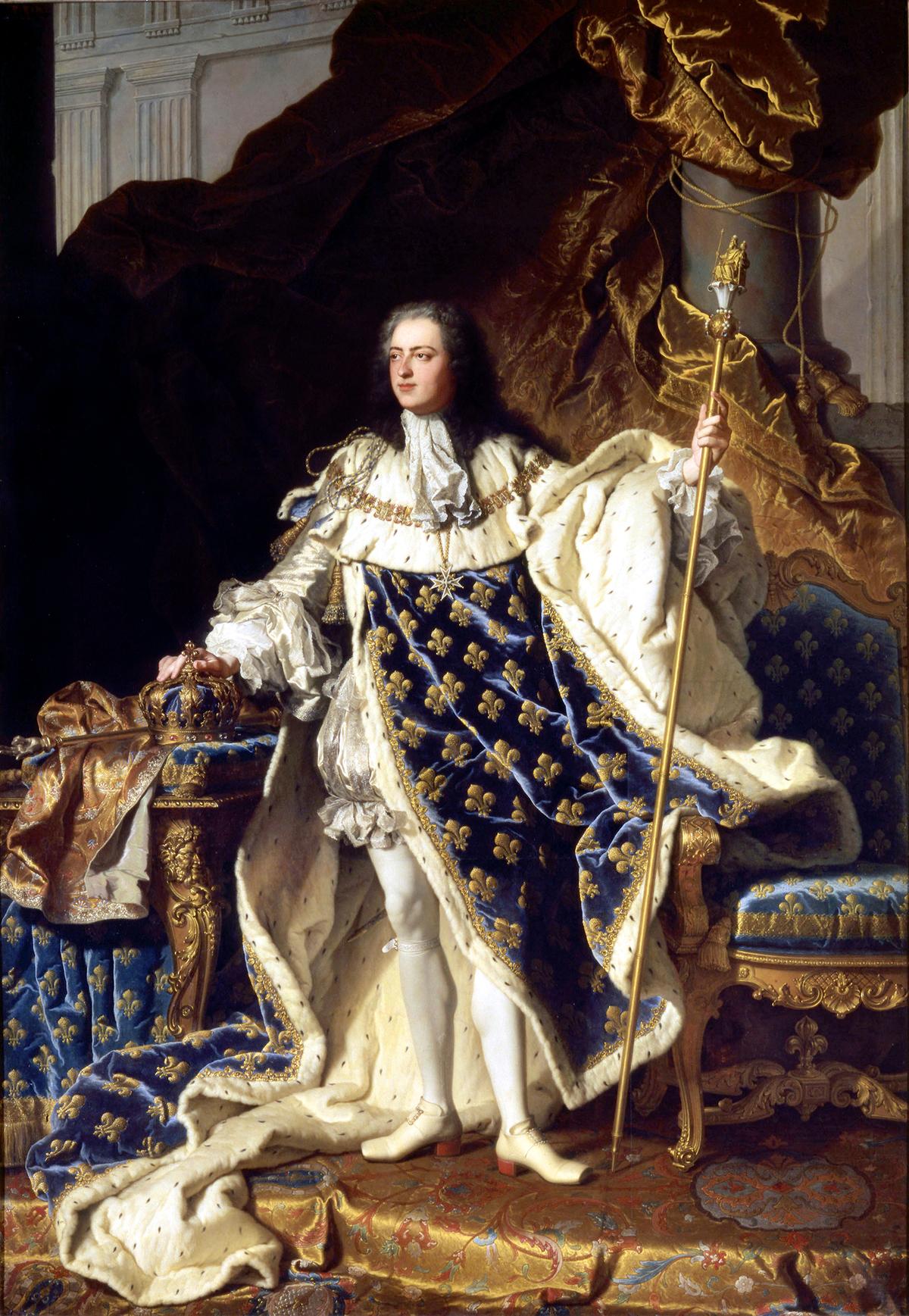
‘Rose Pompadour’
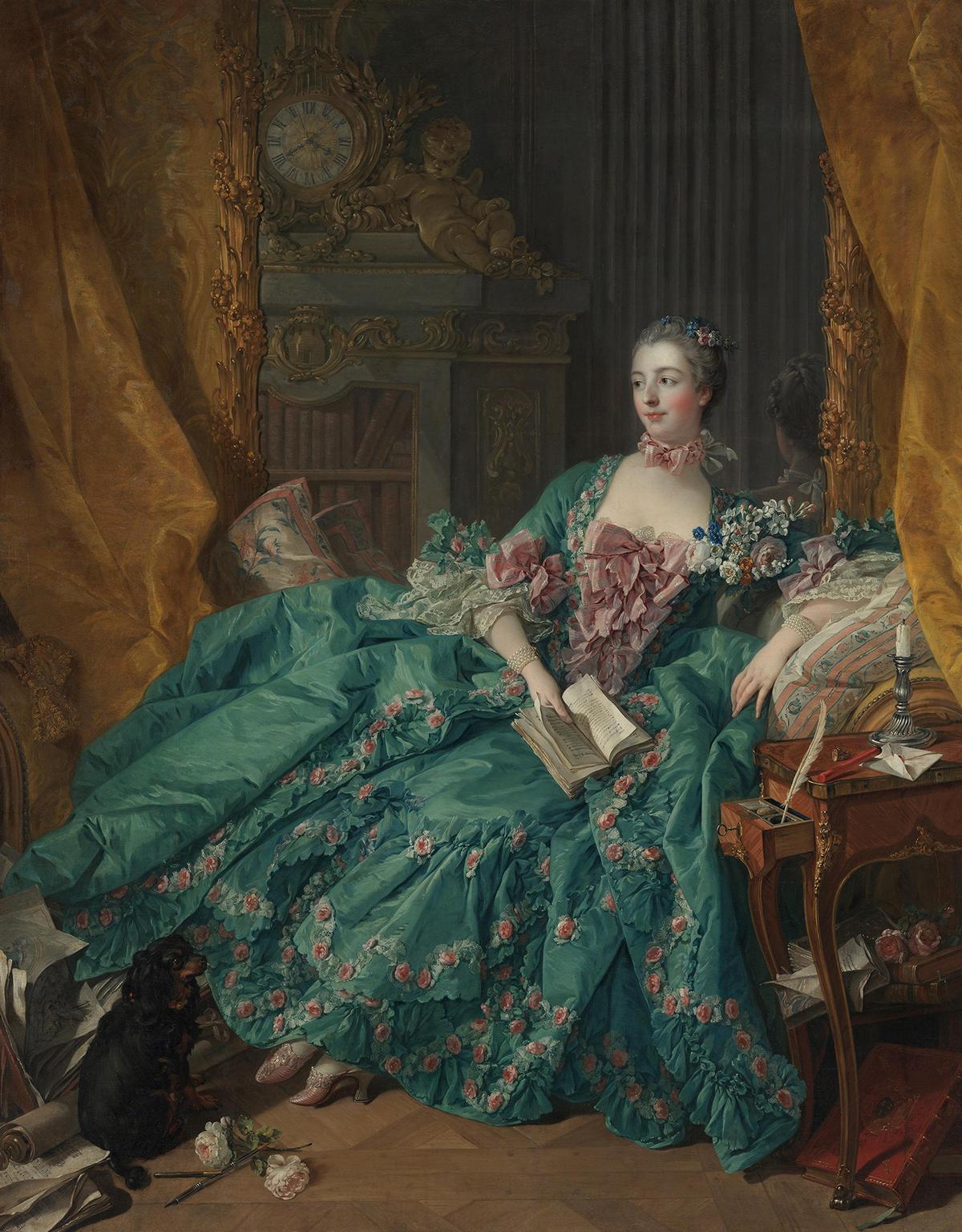
A whimsical pair of vases with elephant heads at The Metropolitan Museum of Art from circa 1758 are stunning examples of Pompadour-approved pink. By this period, due to technical ingenuity and lavish decorative schemes, Sèvres was the leading European manufactory of soft-paste porcelain. They did not make hard-paste porcelain until 1769, two years after kaolin was discovered in Limoges, France.
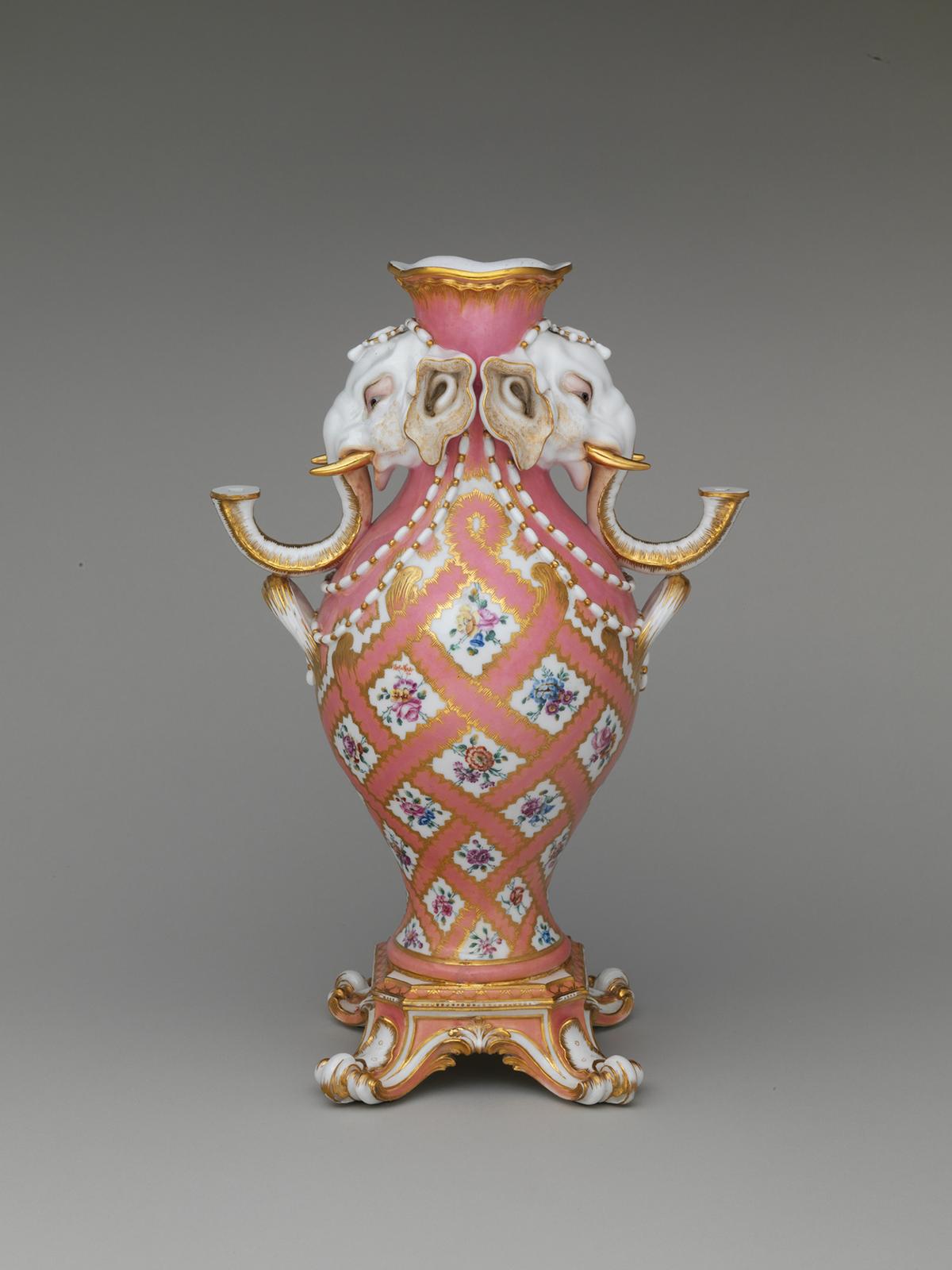
Soon, Sèvres no longer relied on Meissen wares for inspiration. Some scholars consider Sèvres’ ornamental vases, richly colored and sumptuously gilded, to be the firm’s greatest achievements. The Met’s symmetrically composed examples were molded by Jean-Claude Duplessis, an Italian-born goldsmith who joined Sèvres in 1748 and innovated new sculptural forms.
The Met’s vases were purchased originally by Louis-Joseph de Bourbon, the prince de Condé, at an exclusive sale in Louis XV’s private apartments at Versailles. The prince purchased five vases. The full price was 4,320 livres, a figure in excess of a professional worker’s annual salary. Historians believe that only 22 elephant-head vases have survived to the current day.
After the French Revolution, ownership of the Sèvres Manufactory transferred to the French government. It is still in operation and often collaborates with contemporary artists. Meissen continues production, too, and is now owned by the State of Saxony. Although it is no longer a priority for nations to outpace each other in the production of porcelain, the “porcelain wars” of the 18th century led to the creation of some of the most beautiful European decorative objects.

